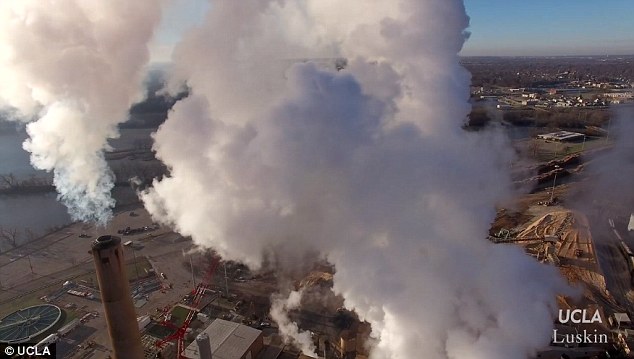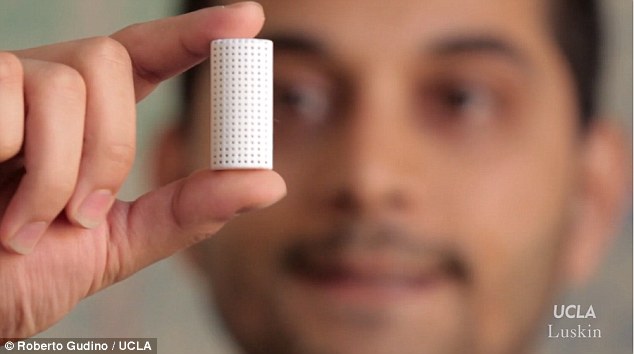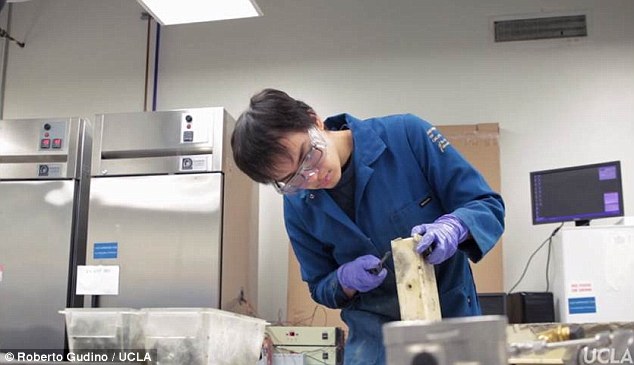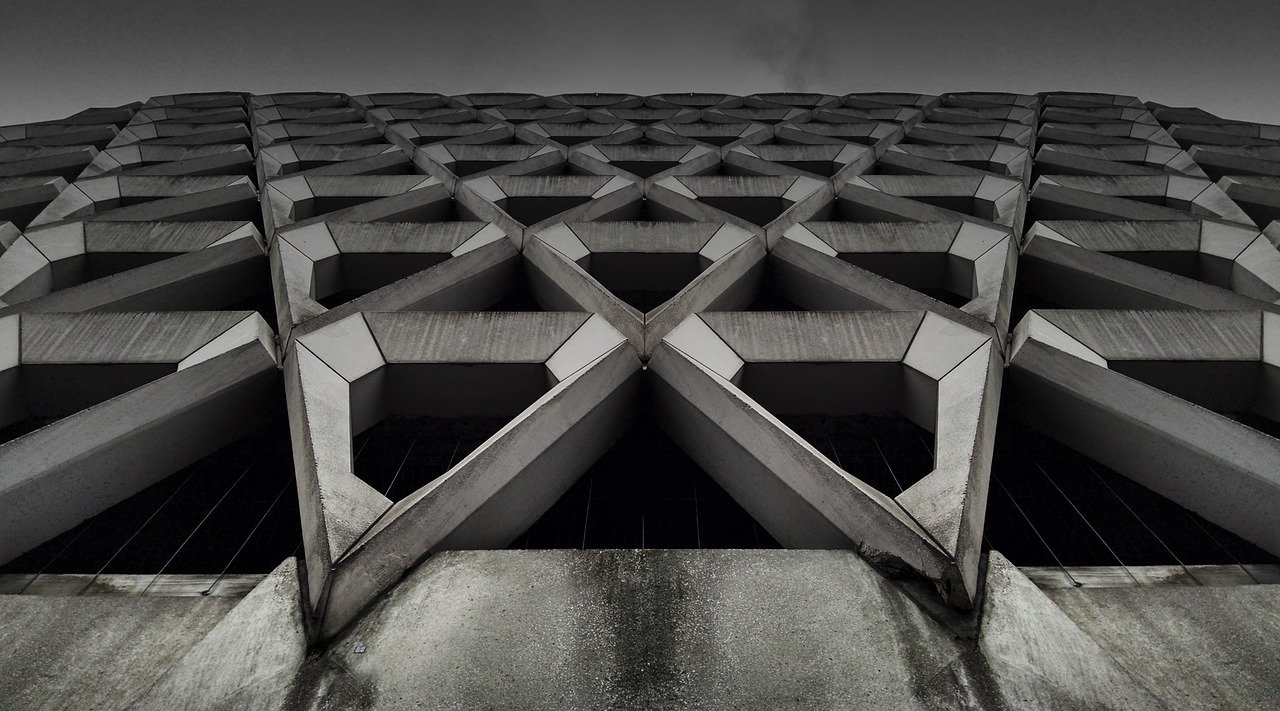Many artists, from Bob Marley to Black Label Society, have sung about the “Concrete Jungle” we live in. And let’s not forget Joni Mitchel and Counting Crows, describing how we ‘Paved paradise and put up a parking lot’. The point is: our modern world has its very foundations in concrete, from the tallest skyscraper down to the driveway leading up to your house.
However, producing this concrete, specifically the cement that forms the binding agent, is one of the world’s worst processes for producing greenhouse gas emissions. Around five percent of the planet’s carbon dioxide emissions, as a matter of fact.

As a possible, and very unique solution, to this problem, a team of researchers at UCLA has a plan to harness the very carbon emissions created by the cement producing process and use it to make a new type of building material called “CO2NCRETE”, designed to be fabricated with 3D printers. And, it not only makes use of the greenhouse emission from cement production but the flue gasses from power plants smokestacks as well, the largest source of harmful global greenhouse gas in the world.
‘What this technology does is take something that we have viewed as a nuisance – carbon dioxide – and turn it into something valuable,’ said J.R. DeShazo, professor of public policy at the UCLA Luskin School of Public Affairs and director of the UCLA Luskin Centre for Innovation. ‘I decided to get involved in this project because it could be a game-changer for climate policy. This technology tackles global climate change, which is one of the biggest challenges that society faces now and will face over the next century.’

Having been tried before, the challenge when harnessing the emissions has always been what do you do with the carbon dioxide you capture? Up to now, the practice has been to store it, although this is recognised as not a feasible, long-term solution. So far, the CO2NCRETE has been successfully produced at lab-scale, being shaped into small cones on 3-D printers, but the plan is to go bigger, much bigger. ‘…rather than print something that’s five centimetres long, we want to be able to print a beam that’s five metres long. The size scalability is a really important part.’ says Gaurav Sant, associate professor in Civil and Environmental Engineering at UCLA.
‘We can demonstrate a process where we take lime and combine it with carbon dioxide to produce a cement-like material,’ Slant reports, ‘The big challenge we foresee with this is we’re not just trying to develop a building material. We’re trying to develop a process solution, an integrated technology which goes right from CO2 to a finished product.’

‘The approach we are trying to propose is you look at carbon dioxide as a resource – a resource you can reutilize,’ he continues. ‘While cement production results in carbon dioxide, just as the production of coal or the production of natural gas does, if we can reutilize CO2 to make a building material which would be a new kind of cement, that’s an opportunity.’
The end goal, according to the team’s brief, is to create a closed loop process. The emission created by the material’s manufacture are recycled to create more material. They refer to it as ‘upcycling’. The team is also particularly excited about reducing greenhouse gas in the US, especially where coal power plants are most prevalent. ‘But,’ adds Deshazo, ‘even more so is the promise to reduce the emissions in China and India. China is currently the largest greenhouse gas producer in the world, and India will soon be number two, surpassing us.’
Images Courtesy of Roberto Gudino and UCLA Luskin.

